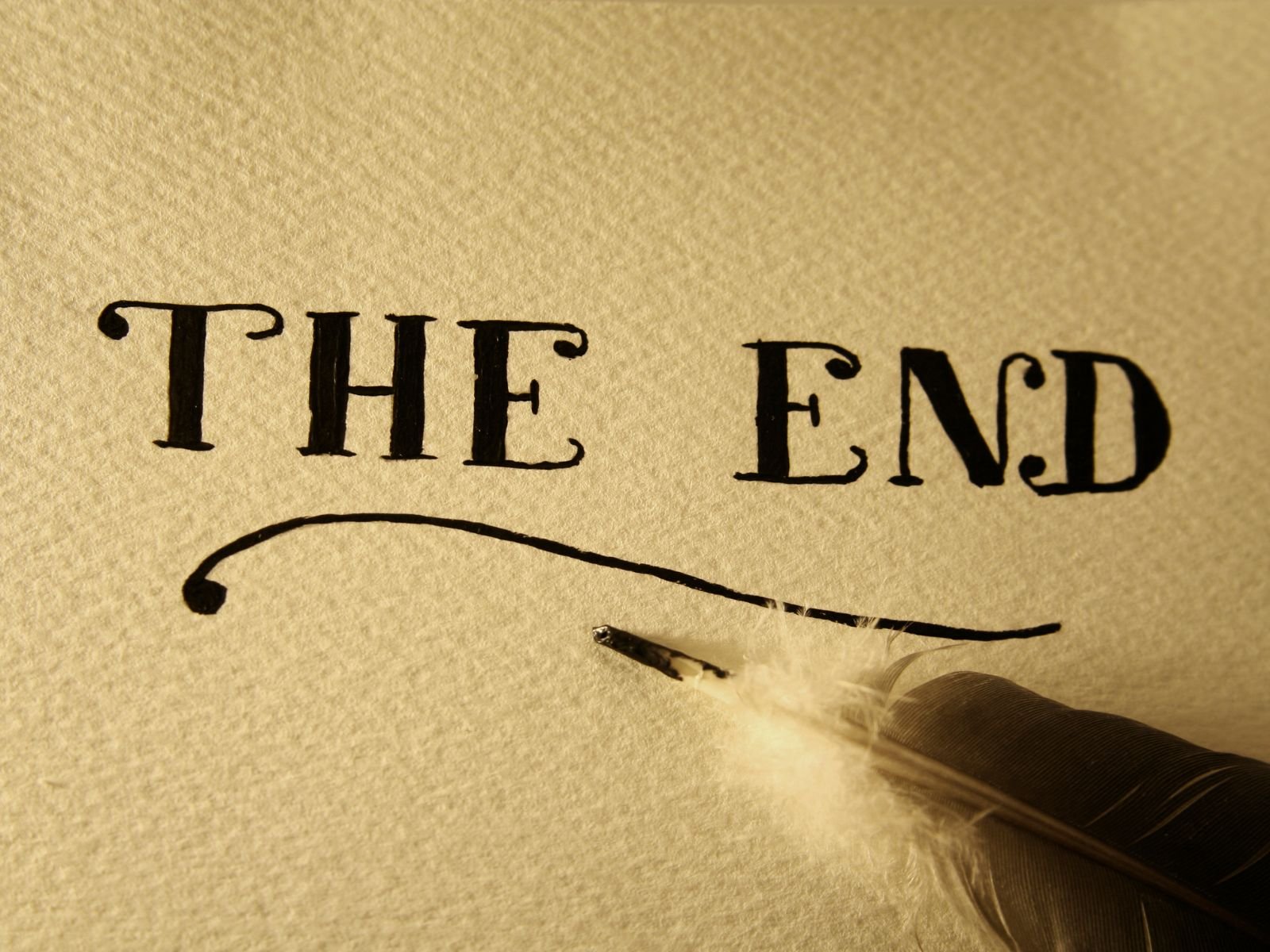
How Layered Writing Engages Readers and Elevates Your Story – Writing Tips from Clay Stafford
Layered writing involves weaving multiple narrative elements — plot, character, theme, and emotion — into the same scene. It’s like creating counterpoint in music, engaging the reader’s mind on multiple levels. The result? More depth, more complexity, and more momentum. Want to try it today? Take a scene you’re working on and add a secondary layer — a symbolic motif or subtext that echoes the main action. See how much more compelling your scene becomes. For more writing tips, visit ClayStafford.com.

Storytelling Lessons from A Trip to the Moon by Méliès
What can writers learn from A Trip to the Moon? Clay Stafford explores how Georges Méliès’s groundbreaking film teaches timeless storytelling techniques—mystery, suspense, action, horror, and romance—offering valuable lessons for writers of all genres.

Tie Up the Loose Ends
A strong ending ties up loose ends, provides emotional and intellectual closure, and ensures your story lingers in readers’ minds. Here’s how to craft one that resonates.

Protagonists Don’t Have to Be Likeable; They Have to Be Unforgettable
A protagonist doesn’t need to be likable—just unforgettable. Whether heroic or villainous, they must captivate from their first entrance. Readers should feel an irresistible pull, whether through admiration, disgust, or fascination. The key is to create a character no one can ignore.